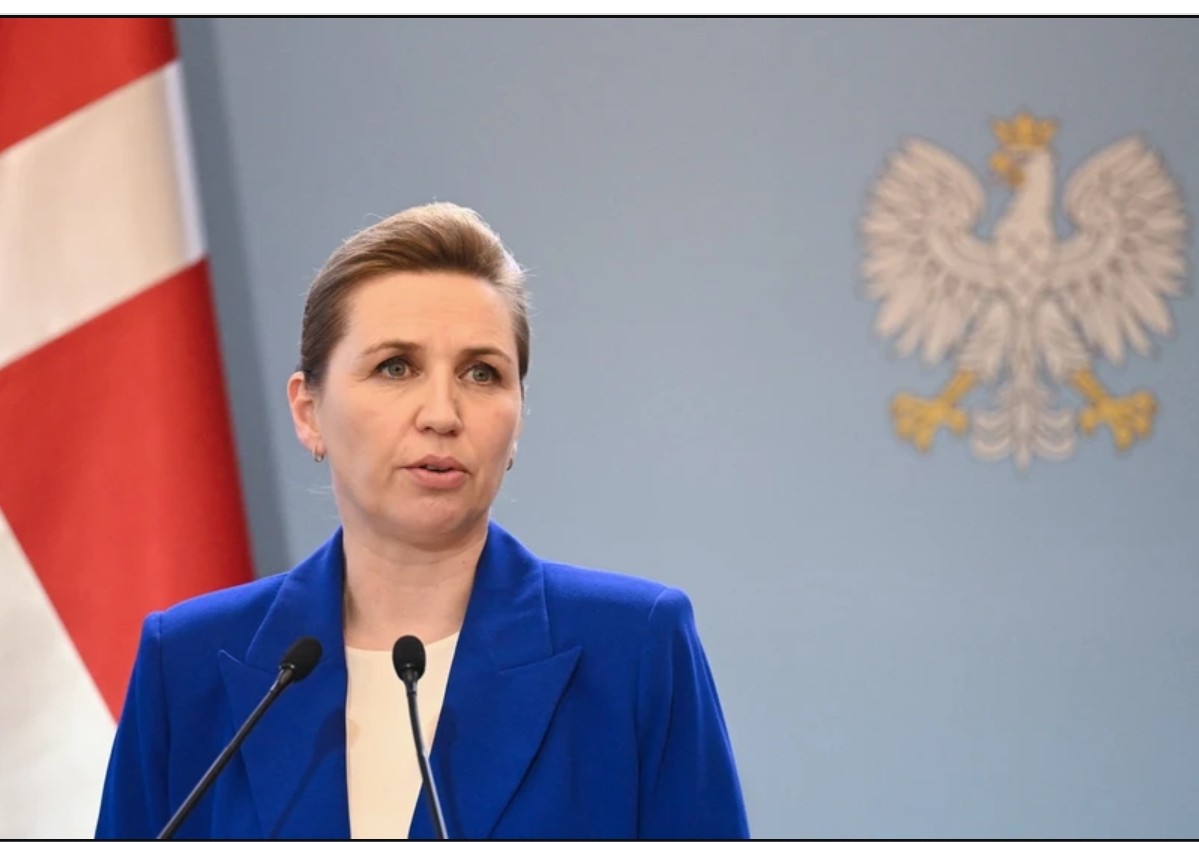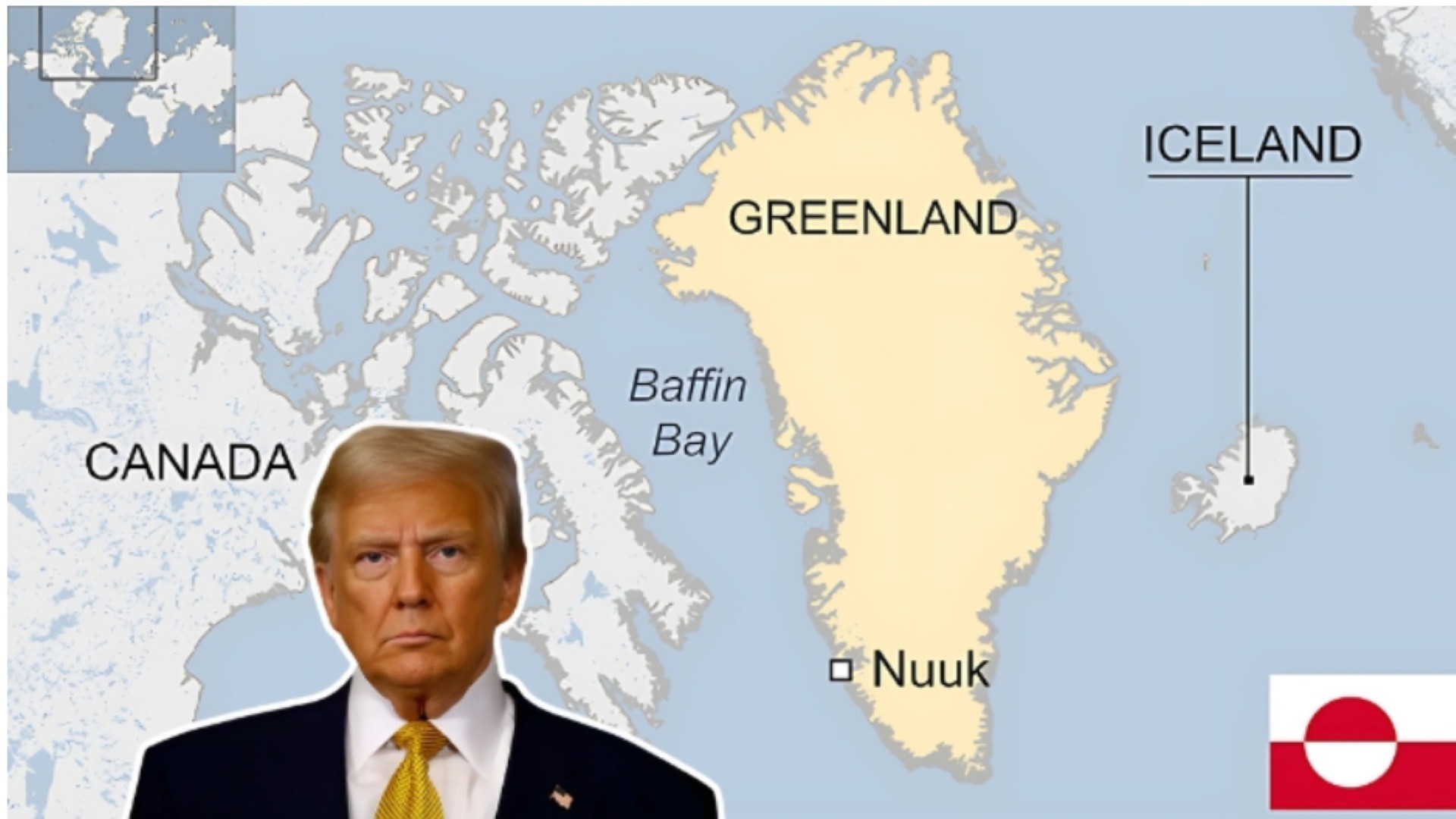Top 10 Richest European Countries by GDP Per Capita Today
| Table of Contents |
Although GDP is useful, countries with higher population densities tend to benefit from it because it does not take into account the number of workers or corporations that contribute to its total value. For instance, Poland's GDP was 40% of Russia's in 2020, despite the country having a population of just under 38 million in 2020—roughly 25.9% of Russia's. This suggests that Poland's economy is actually more productive than Russia's. Economists frequently keep an eye on GDP per capita and GNI per capita as two more metrics that help them see situations like these more clearly. First, GDP per capita is calculated by dividing GDP by the total population of the nation. But in doing so, it produces an entirely different list.
The Gross Domestic Product (GDP), which calculates the total value of all the goods and services produced by a nation over a specified time period (usually a year), is the most widely used basic indicator of national wealth. The top six European nations collectively had GDPs exceeding $1 trillion (US dollars) in 2020, totaling $13.833 trillion (US dollars). Europe's financial leaders are now among the world's most productive nations as a result of these developments.
Monaco and Liechtenstein have the two richest economies in Europe as of 2024, based on GDP per capita data. The purpose of this report is to shed light on the wealthiest economies in Europe in 2024, based on GDP per capita data. Larger and more powerful nations like Germany and the United Kingdom are ranked lower in the list of European nations with the richest economies, while smaller nations like Liechtenstein and Luxembourg benefit from well-regulated financial sectors and tax regimes perfect for foreign investments into their economies.
Top 10 Richest Countries in Europe by GDP per Capita
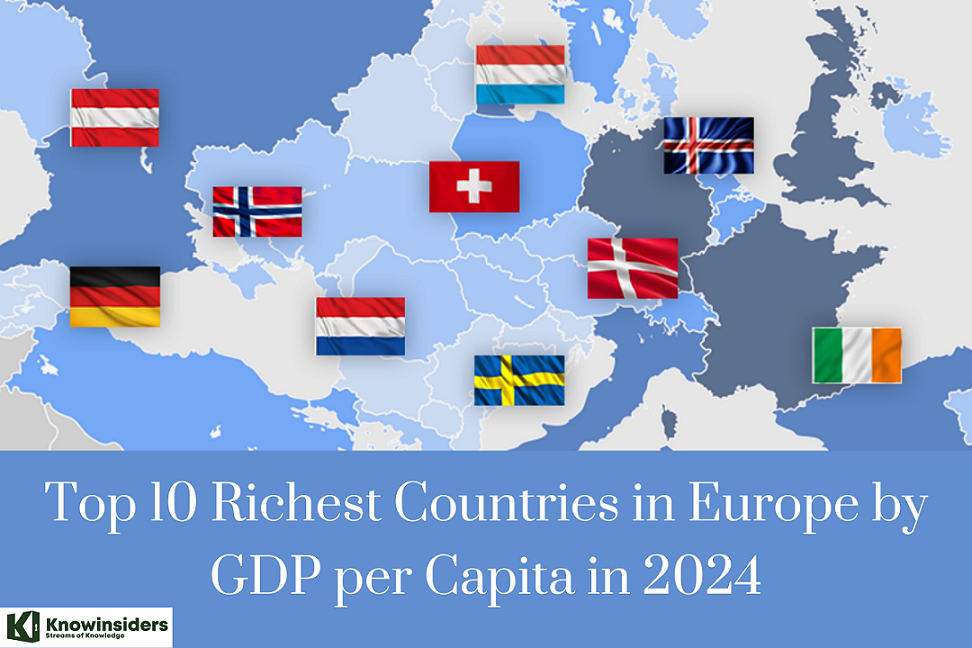 |
| Top 10 Richest Countries in Europe by GDP per Capita in 2024 |
1. Monaco
The nation of Monaco also referred to as the Principality of Monaco, is situated in Western Europe. Monaco is distinct due to its small size. Actually, its area makes it the second smallest country in the world, at 0.780 square miles. Only Vatican City is larger than it.
Monaco is a tiny country, yet according to data from the 2016 census, there are 38,400 people living there overall. With a total population density of more than 48,466 persons per square mile, Monaco is the world's most densely populated nation.
In Monaco, most people practice Christianity in one way or another. Approximately 75% of people follow Catholicism, which is the most popular religion. Although the country's official religion is Catholicism, Monaco's constitution protects its citizens' right to practice any other religion they choose. Additionally, the populations of Muslims and Jews are smaller.
In the world, Monaco has the second-highest nominal GDP per person. Due to the fact that many Monegasques go to France and Italy in search of employment, the country also has an extremely low unemployment rate. With the highest concentration of billionaires and millionaires per person, Monaco boasts the lowest poverty rate in the world. Monaco's economy is robust because of its tourism, financial services, and gaming sectors.
2. Liechtenstein
In Europe sits the microstate known as the Principality of Liechtenstein, or just Liechtenstein. Due to its status as "doubly landlocked," or encircled by other landlocked nations, Liechtenstein is unlike any other nation. It is only the second country, after Uzbekistan, to be doubly landlocked.
The robust financial sector, which employs roughly 20,000 people, is the main reason Liechtenstein has one of the highest GDPs in the world. Both the Schengen Area and the European Economic Area are open to participation by Liechtenstein. In addition, the country is a member of the UN, the Council of Europe, and the European Free Trade Association.
Roughly one-third of the people living in the country are foreign-born. The majority of the immigrants are from Germany, Austria, and Switzerland. The Alemannic dialect of German is the most widely spoken language in Liechtenstein. Approximately 76% of the population practices Catholicism, which is the official religion of the country. Approximately 86% of people follow Christianity in some capacity. With more than 5% of the population practicing it, Islam is the most prevalent minority religion in the nation.
3. Luxembourg
Luxembourg is worth visiting for its gastronomic specialties, cultural festivals, and stunning countryside. Alternatively, you could simply open an offshore account with one of its banks and leave the nation forever. It would be a shame to do otherwise because this country of about 650,000 people, located in the center of Europe, has a lot to offer both visitors and residents. Luxembourg's citizens enjoy the highest standard of living in the Eurozone because a significant portion of their wealth is used to provide them with better housing, healthcare, and education.
Luxembourg's economy may not have been significantly impacted by the global financial crisis or the EU and OECD's push to reduce banking secrecy, but the coronavirus outbreak resulted in the closure of numerous businesses and the loss of jobs for many employees. Nevertheless, the nation has fared better during the pandemic than the majority of its neighbors in Europe; in 2021, growth in the economy exceeded 7%, having recovered from a growth of -0.9% in 2020. Unfortunately, that recovery was short-lived as the economy only grew by 1.3% in 2022 and even shrank by 0.4% in the previous year as a result of high interest rates, the conflict in Ukraine, and a general worsening of the economic conditions in the Eurozone.
4. Ireland
The Republic of Ireland, a country with only 5 million people, was among the most severely affected by the 2008 financial crisis. After implementing politically challenging reforms such as drastically reducing public sector wages and reorganizing the banking sector, the island nation was able to improve its employment rates, restore its fiscal stability, and witness exponential growth in its per capita GDP.
However, context is important. Being one of the biggest corporate tax havens in the world, Ireland helps multinational corporations far more than the average Irish person. Several major US companies, including Apple, Google, Microsoft, Meta, and Pfizer, relocated their fiscal residence to Ireland in the middle of the 2010s in order to take advantage of the country's 12.5% corporate tax rate, which is among the lowest in the developed world. In 2022, the Central Statistics Office reported that these multinational corporations contributed more than 60% of the value added to the Irish economy. Ireland would lose its competitive advantage if it adopted the 15% minimum corporate tax rate that the OECD has recommended and that many other nations have already put into place.
Furthermore, according to OECD data, although Irish families are clearly in a better place than they were a few years ago, the country's household per-capita disposable income is still marginally below the EU average. Given the sizeable income disparity in Ireland (the top 20% earn nearly five times as much as the bottom 20%), most Irish people would probably object to the notion that they are not just wealthy, but the richest in the world.
5. Switzerland
Situated in the center of Western, Central, and Southern Europe, the Swiss Confederation, also referred to as Switzerland, lacks access to any ocean or sea. It is separated into the Alps, the Jura, and the Swiss Plateau. The country's main mountain range, the Alps, is home to important cities and business hubs like Basel, Geneva, and Zurich. Switzerland is regarded as one of the most developed countries in the world and does remarkably well on a number of international metrics, such as democratic governance and economic competitiveness. As of 2021, the nation's total assets came to almost $5 trillion, placing it among the wealthiest countries in Europe.
6. Norway
The western and northernmost portion of the Scandinavian Peninsula is home to the Nordic nation of Norway, which is located in Northern Europe. Oslo is the capital and largest city of Norway. Norway maintains the Nordic welfare model, with universal health care and a comprehensive social security system; equality is the cornerstone of this model. In addition to having large holdings in important industrial sectors, Norway is endowed with a wealth of natural resources, including minerals, petroleum, natural gas, seafood, lumber, and freshwater. Approximately 25% of Norway's GDP is derived from the petroleum industry. As of 2024, it ranked among the wealthiest nations in Europe in terms of total wealth.
7. Iceland
Iceland has become one of the richest nations in the world and is well known for its economic achievements. Iceland currently has a higher annual gross domestic product per capita than many of its European counterparts, despite having only 380,000 residents. Three main factors are responsible for this wealth: a healthy fishing industry, sound banking practices, and a high savings rate. The country's savings rate is among the highest in the world, and it is high among its citizens. As a result, Icelanders are able to increase their economic investments and eventually reap larger rewards.
Furthermore, Iceland has put in place sensible banking regulations, which allow it to seize expansion opportunities overseas and avert a domestic financial catastrophe. Lastly, Iceland's fishing industry plays a major role in both supplying food security and giving the country's economic system structure. Around 3.9% of Iceland's workforce is employed in this sector, which also accounts for 43% of the country's yearly export revenue. Additionally, it serves as a safeguard against outside shocks like shifts in foreign exchange rates or market volatility. Even during times of unrest or recession, Iceland has managed to maintain its economic stability by putting a significant emphasis on the fishing sector.
8. Denmark
The capital and largest city of Denmark, a Nordic nation in Northern Europe, is Copenhagen. Denmark became an industrialized country in the late 19th century, concentrating on exporting agricultural goods. The nation carried out important labor-market and social reforms in the early 20th century, which set the groundwork for the current welfare state model and a robust mixed economy. Denmark is a developed country with a good quality of life. In institutions such as NATO, the Nordic Council, the OECD, the OSCE, and the UN, it is recognized as a founding member. Furthermore, Denmark maintains tight political, cultural, and linguistic ties with the neighboring Scandinavian states as part of its membership in the Schengen Area.
9. Netherlands
The Netherlands is well known for being an affluent nation with a developed and thriving economy. Its ability to succeed depends on a number of things, such as sound financial management, a well-trained workforce, access to international markets, and strong infrastructure. The Netherlands makes full use of global trade, as evidenced by its expansive seaport in Rotterdam, which serves as a showcase for its open economy. Its highly developed services sector supports domestic demand, and its industrial output is diversified. The region's top-notch transportation network, which links the country with others, greatly boosts this industry. The extensive social welfare system in the Netherlands guarantees that all residents have affordable access to government-funded health care and educational programs, contributing to the country's high standard of living. In addition, the nation is home to a highly developed agricultural sector that uses technology to produce food that is both superior in quality and quantity.
10. San Marino
San Marino is the fifth-smallest nation on Earth and the oldest republic in Europe. Despite having a population of just 34,000, it boasts one of the richest populations globally. The extremely low-income tax rates—roughly one-third of the EU average—help. Nevertheless, San Marino is making efforts to bring its fiscal laws and regulations into compliance with international norms and those of the European Union (EU).
The tiny country demonstrated incredible fortitude both during and after the pandemic in the face of severe financial constraints and the energy crisis, with its manufacturing and tourism sectors seeing particularly robust growth.
Full List of the Richest Countries in Europe by GDP per capita in 2024
| Rank | Country | GDP Per Capita (Nominal, US$) | GDP (Billions, US$) |
|---|---|---|---|
| 1 | Monaco | 234,317 | 8.59 |
| 2 | Liechtenstein | 184,083 | 7.71 |
| 3 | Luxembourg | 135,605 | 89.09 |
| 4 | Ireland | 112,248 | 589.56 |
| 5 | Switzerland | 102,865 | 905.68 |
| 6 | Norway | 99,266 | 546.76 |
| 7 | Iceland | 78,837 | 30.57 |
| 8 | Denmark | 71,402 | 420.8 |
| 9 | Netherlands | 61,770 | 1092.74 |
| 10 | San Marino | 58,541 | 1.99 |
| 11 | Austria | 58,013 | 526.18 |
| 12 | Sweden | 55,216 | 597.11 |
| 13 | Finland | 54,507 | 305.68 |
| 14 | Belgium | 53,657 | 627.51 |
| 15 | Germany | 52,824 | 4429.83 |
| 16 | United Kingdom | 48,912 | 3332.05 |
| 17 | France | 46,315 | 3049.01 |
| 18 | Andorra | 44,107 | 3.69 |
| 19 | Malta | 38,715 | 20.31 |
| 20 | Italy | 37,146 | 2186.08 |
| 21 | Spain | 33,090 | 1582.05 |
| 22 | Slovenia | 32,350 | 68.39 |
| 23 | Estonia | 30,998 | 41.79 |
| 24 | Czech Republic | 30,475 | 335.24 |
| 25 | Lithuania | 28,482 | 79.42 |
| 26 | Portugal | 26,879 | 276.43 |
| 27 | Latvia | 24,929 | 46.66 |
| 28 | Slovakia | 24,471 | 133.04 |
| 29 | Greece | 23,173 | 242.38 |
| 30 | Poland | 22,393 | 842.17 |
| 31 | Hungary | 21,075 | 203.82 |
| 32 | Croatia | 20,877 | 80.18 |
| 33 | Romania | 18,413 | 350.41 |
| 34 | Bulgaria | 16,087 | 103.09 |
| 35 | Russia | 13,006 | 1862.47 |
| 36 | Montenegro | 11,338 | 7.05 |
| 37 | Serbia | 11,301 | 75.01 |
| 38 | Albania | 8,057 | 23.03 |
| 39 | Bosnia and Herzegovina | 7,778 | 26.94 |
| 40 | North Macedonia | 7,672 | 15.8 |
| 41 | Belarus | 7,477 | 68.86 |
| 42 | Moldova | 6,411 | 16 |
| 43 | Kosovo | 5,912 | 10.46 |
| 44 | Ukraine | 5,225 | 173.41 |
FAQs1. Why is Luxembourg such a wealthy country?The question of how small nations like Luxembourg are able to rank higher than the US and Canada is a common one. Luxembourg has the highest GDP per capita in the world, according to the International Monetary Fund, which attributes this to international business practices and advantageous government tax laws. Residents of Luxembourg enjoy a high standard of living and an average annual salary (with an average monthly salary of approximately €5,000 and a minimum wage of approximately €2,000). 2. What nation has the lowest GDP per capita?South Sudan ranks 193rd out of all countries in the world with the lowest GDP per capita, with a GDP per capita (PPP) of $475.81, according to the GDP per capita ranking 2023. |
Summary
Some of the richest nations in the world are found in Europe. Our ranking of the ten most affluent European nations is based on GDP per capita. These nations offer social welfare programs, robust economies, and high living standards. They keep making investments in their workforce, facilities, and technology.
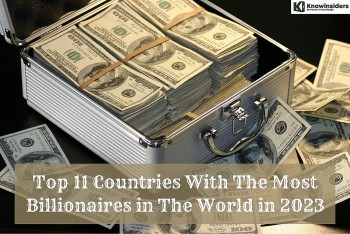 Top 11 Countries Have The Most Billionaires in The World Top 11 Countries Have The Most Billionaires in The World The US, China, and India are the top three countries in the world for the number of billionaires living there, according to a recently released ... |
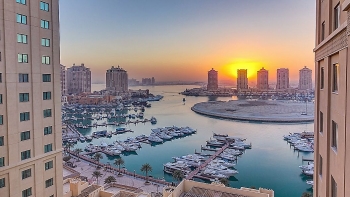 Top 10 Wealthiest Countries in the World by Net Worth Top 10 Wealthiest Countries in the World by Net Worth Discover the comprehensive compilation of the top 10 wealthiest nations in the world based on their net worth: China has overtaken the United States as ... |
 Top 10 Most Beautiful Asian Countries To Travel By Train Top 10 Most Beautiful Asian Countries To Travel By Train The greatest way to experience the splendor of Asia is by train. View the Top 10 Most Gorgeous Countries in Asia for Train Travel, along ... |

